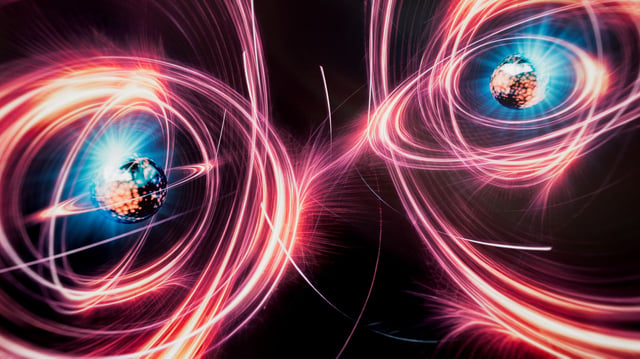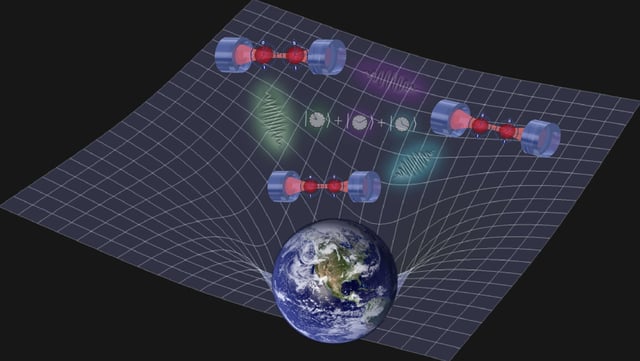Overview
- The protocol, published July 14 in PRX Quantum by Pikovski, Covey and Borregaard, uses entangled W-state atomic clocks across network nodes to probe quantum effects in a curved spacetime environment.
- Interference patterns between entangled clocks would reveal whether Einstein’s gravitational time dilation alters quantum superpositions, marking the first direct test of quantum theory under gravity.
- Researchers outline how quantum teleportation and Bell-pair entanglement can distribute time-sensitive quantum states across distances to detect spacetime-induced phase shifts.
- The new protocol paves the way for both laboratory and space-based experiments to explore quantum gravity interactions with existing high-precision clock technologies.
- Beyond fundamental physics, the study highlights quantum networks’ dual role as a foundation for a future quantum internet and as a unique platform for probing physics phenomena beyond classical sensing.

